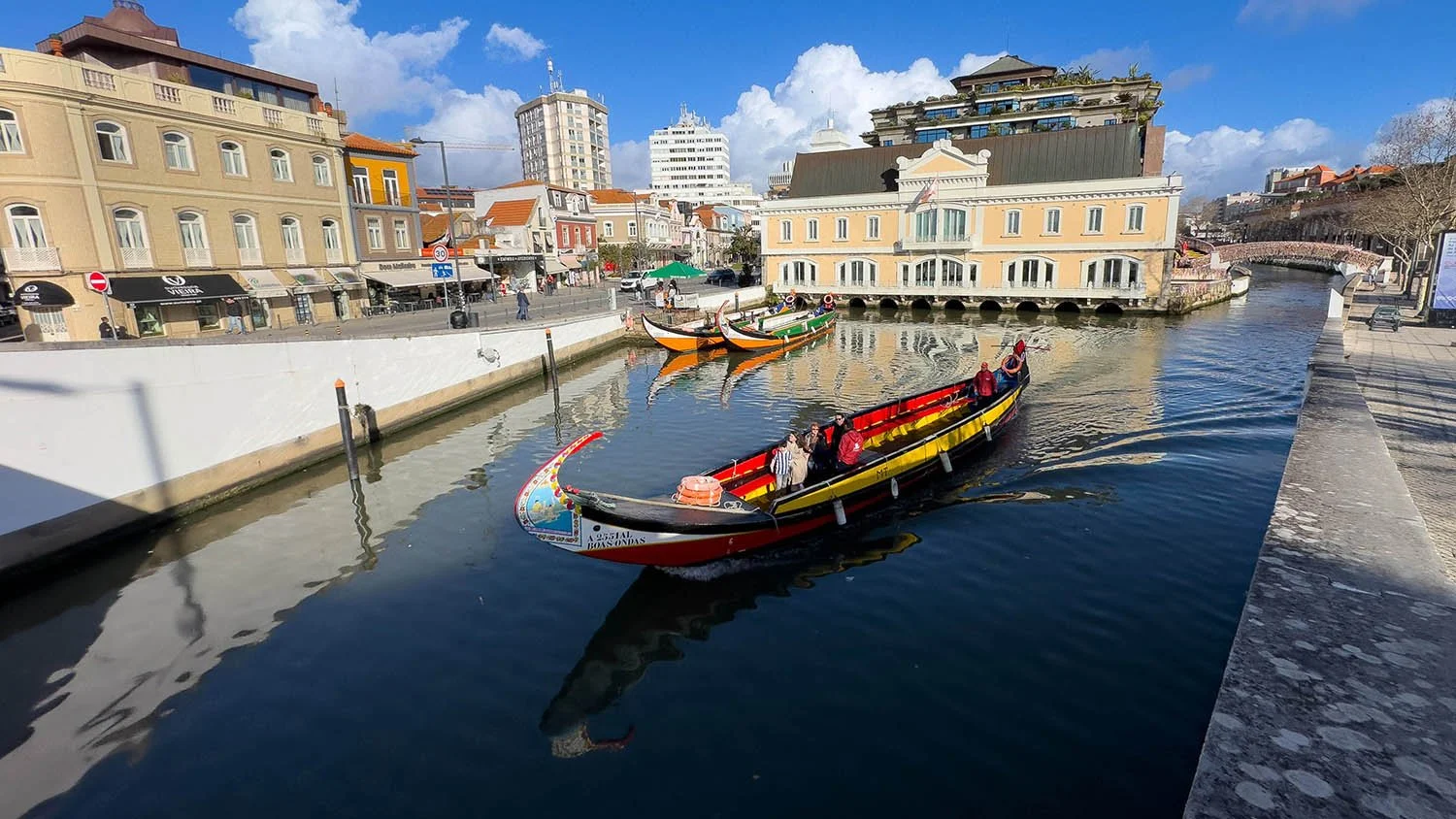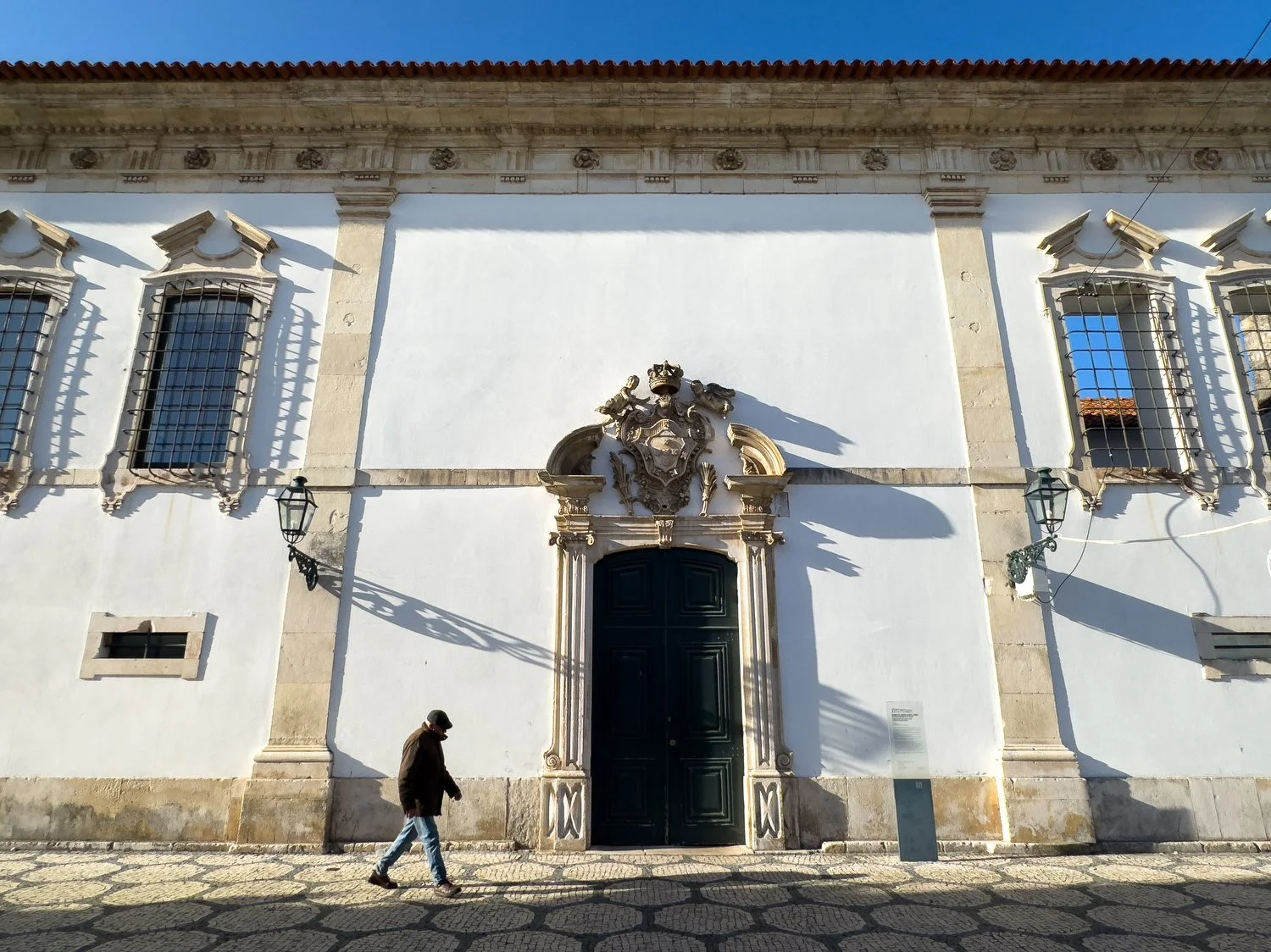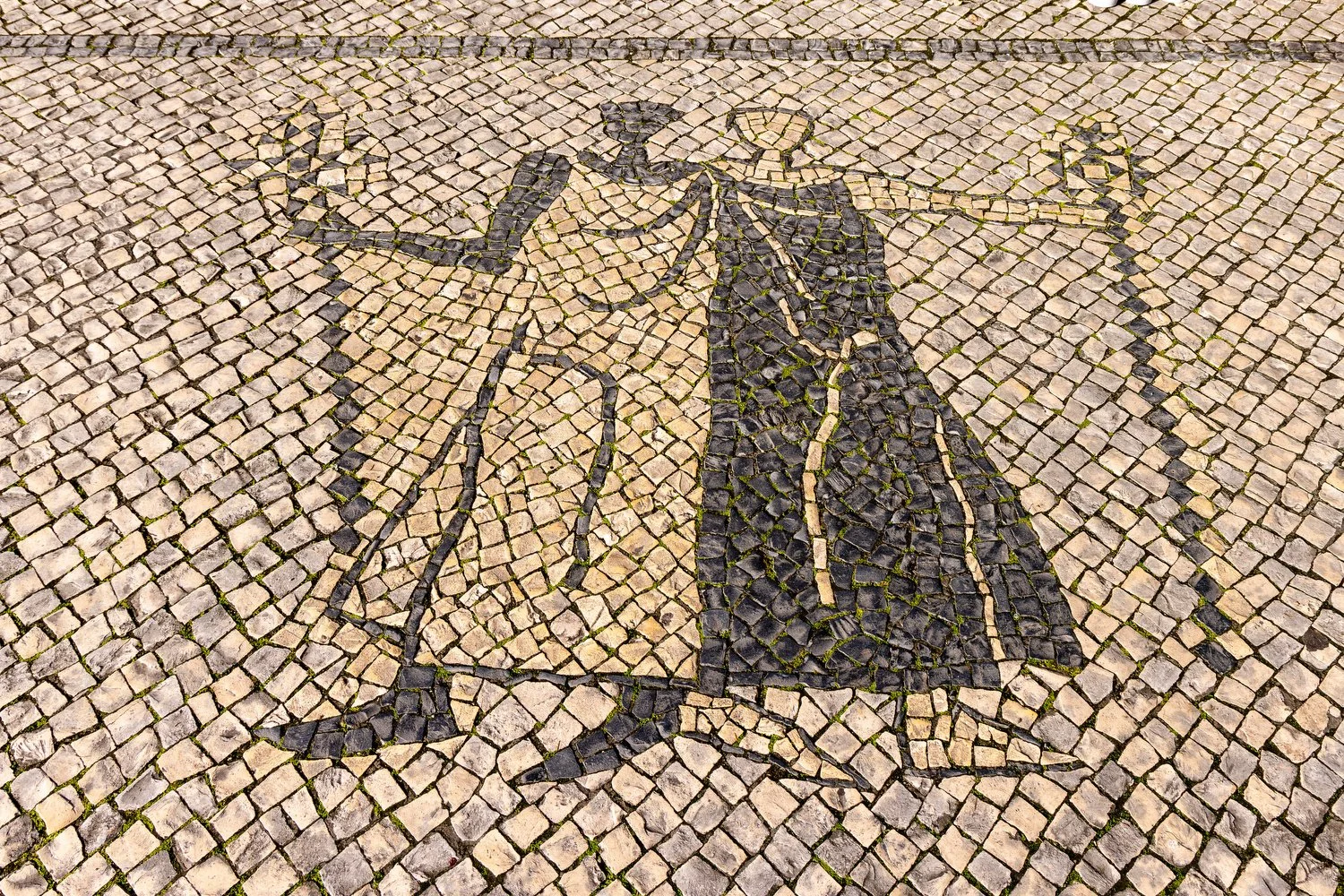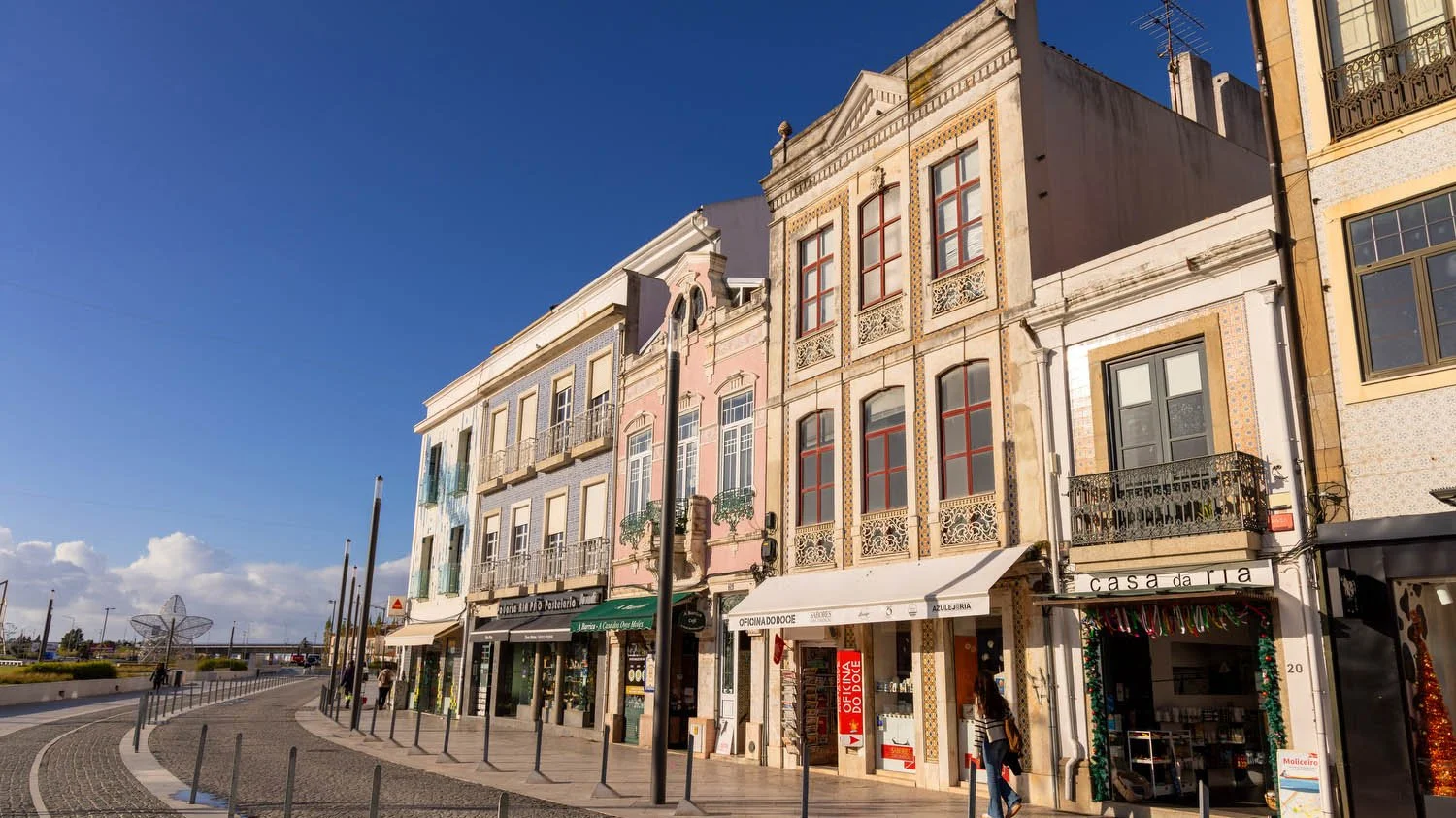Visiting Aveiro - is it worth it?
Aveiro is a great day trip from Porto. It is easily reached by train and offers all the charms of an upscale seaport town. Famed for its canals, colorful boats, salt flats, and proximity to beautiful beaches, Aveiro is a beloved destination for locals and travelers alike.
Aveiro is often labelled the “Venice of Portugal” (our Uber driver who took us to the train station declared this with great pride), but I think that might be a little of an overstatement. In fact, it does the city a disservice.
It’s very lovely, and yes, it does have “canals” - really just one river with a few tributary canals - but if you are expecting Venice, you might be disappointed! Which would be a shame because it certainly has plenty of its own unique charm. It just isn’t Venice.
So, forget the Venice bit when you consider if Aveiro is worth visiting and judge it on its own unique merits.
We definitely think Aveiro is worth a day trip if you are spending time in Porto, or as a stop-over if traveling between Porto and Lisbon.
Though I wouldn’t say there are a whole ton of things to do there - it's more a “vibe” kind of place - it is charming and a nice way to spend a day.
At the right time of year, you may even want to spend a weekend here, due to its close proximity to Costa Nova, which is known for its beaches.
It’s important to note, however, that Aveiro is situated somewhat inland along the Ria de Aveiro lagoon, so it does not technically have its own “seashore”.
When is the best time to visit Aveiro?
Aveiro is very popular in the summer months, when the most can be made of its seaside assets. It is also a time of festivals, including the lively Festival of the Canals.
But that means it will be crowded, so you might want to consider the shoulder seasons (May/June and September/October) when the weather is agreeable and the crowds are less.
We were actually there in winter! And though it wasn’t an appropriate time for enjoying beaches, we still had a good time in Aveiro.
The old Aveiro train station building covered in tiles.
How to get to Aveiro
By train: There is frequent rail service between Porto and Aveiro, both fast trains and cheaper commuter-style trains.
The high-speed train is considerably more expensive and requires a specific ticket. You can book the ticket on the Comboios de Portugal carrier website.
The commuter train is frequent, cheaper and a non-specific ticket can be purchased via a machine at the train station.
We opted for the fast train on the way there, but took the commuter train back to Porto because we were unsure of our timing. We did have to stand on the ride home, as it was a holiday so the commuter train was very crowded, but it did offer us the time flexibility we wanted, and it was way less expensive.
By Car: If you have a car, you can drive to Aveiro in approximately 1 hour from Porto or Vila Nova de Gaia via the A1.
Parking in the city center is a challenge, but there are numerous paid underground garages a little further out; just type “parking Aveiro” into Google Maps for choices.
By organized tour: Aveiro is popular for organized tours, which frequently include a boat trip on the canal. We don’t think you necessarily need an organized tour to enjoy the visit, but if you don’t want to fuss with your own transportation and want to get the most possible out of your day, here are some ideas:
Some well reviewed Aveiro tours:
Note - This blog post contains affiliate links. If we recommend a product, activity, or hotel, we might receive a small commission if you buy or book from these links. This is done at no additional cost to you. We only recommend products we have personally used or have thoroughly researched.
Things to do in Aveiro
Explore the Canals of Aveiro and take a Moliceiro boat tour
Located along Portugal's Silver Coast, Aveiro has historically had a close connection to the ocean and the waterways which surround the city. Ria de Aveiro played an important role in salt production, seaweed harvesting and commercial shipping, the main industries of the region.
The big attraction in Aveiro is its canals. The Ria de Aveiro and its tributary canals are lined with colorful Art Nouveau buildings and crossed with small, picturesque bridges, giving Aveiro its particular character.
For today’s tourists, a highlight of the river is the sight of the traditional Moliceiro boats. Once used for harvesting the local seaweed (moliço) that became a vital agricultural fertilizer, the boats are now used primarily for tourist excursions, and are a great way to take in the city from the water.
These lively and colorful canal boats - barcos moliceiros - look a little like the gondolas of that other canal city, but they have a flat-bottomed, reduced-draft design, specifically built for navigating the shallow waters of the Ria de Aveiro.
The ingenious structure of these vessels was responsible for the success of the seaweed harvesting which established Aveiro’s thriving economy in the 19th century. Though not used for these purposes any longer, the humble Moliceiro Boat has become a point of pride and a symbol of the region.
Fun fact - You may notice that the Moliceiros are adorned with decorative panels. This is traditional and unique to these boats. The art is accompanied by clever captions in Portuguese and are often cheeky, risque jokes! It’s all in good humor of course, and not meant to be offensive. The art changes frequently, often reflecting current themes.
Most moliceiro tours take about 45 minutes. Here is some information on tickets and prices.
Many charming footbridges cross over the canals, adding to the city’s walkability. One of the more famous bridges is Friendship Bridge, or The Ponte do Laços de Amizade. It is located in the heart of the city, and is covered with thousands of colored ribbons, hung there by couples or friends.
You can purchase a ribbon at one of the nearby local shops if you like, write your names on the ribbon and tie it to the bridge to celebrate your relationship. A charming tradition - though it felt a little too touristy for us to partake - the ribbons do look pretty and are a much better alternative to the heavy padlocks that turn up on many bridges in romantic settings and can damage them. The ribbons provide a jaunty, parade-like ambiance with the moliceiros traveling along the canal.
One of the colorful buildings in Aveiro.
Biking Aveiro
Boats aren’t the only way to explore Aveiro. Biking is a great way to get around and there is a bike-share service provided by the city called BUGO. It operates through an app, and there are about thirty convenient docking stations around the city.
For more information, such as pricing and how to download and use their app, check out the BUGO website.
The Old Railway Station of Aveiro and azulejo tiles
The train station where you arrive in Aveiro may be very modern, but right beside it is the Old Railway Station, which today serves as a welcome center.
Standing in stark contrast to the modern glass structure of the new station, the old station displays an impressive array of Portuguese azulejo tile panels, depicting local historical figures, buildings and landscapes of Aveiro,. It’s worth taking a closer look!
The quaint white building was established in this form in 1916, and has been refurbished a few times, in the 1980s and 2000s, with its latest tile panel added as recently as 2018.
A full rehabilitation of the building was completed in 2021, when it was re-imagined as the Porta da Cidade or City Welcome Gate. Inside you can find visitor information, as well as local salt, traditional “ovos moles” pastries, and wines from Bairrada for sale.
Another great azulejo-tiled train station is Porto’s São Bento Train Station. You can read about it in our post, Our favorite things to do in Porto.
Try Aveiro’s famous Egg yolk pastry, Ovos Moles
If you enjoy pastries as I do, Portugal is a happy place, for many Portuguese cities have their own particular regional pastry. Lisbon has the Pastel de Nata, Sintra offers its pillowy travesseiros, Madeira has Bolo de Caco, and Aveiro has the Ovo Mole.
A traditional ovo mole is a bite-sized treat consisting of a thin, wafer-like pastry shell around a creamy filling made from egg yolk and sugar. They are usually molded into barrel, seashell or fish shapes, giving them a whimsical appearance. The look of them reminded me a little bit of the “flying saucer” candies I used to get at the penny candy counters of my youth - but of course those were only “filled” with air and nonpareils!
But this sweet-toothed girl never says no to a pastry so had to give them a go. They are pretty good, but admittedly not my favorite thing. However, I definitely think trying one is part of the whole Aveiro experience.
Ovo moles were even named as a Protected Geographical Indication by the European Union. So, just like champagne or port wine are true to their regions, authentic ovo moles can only be made in Aveiro.
(To be honest I was happier to find a bakery that was selling individual slices of “King Cake” since we were there on January 6th - Three Kings Day! This is the second Three Kings Day we got to celebrate in Iberia, and I just love this tradition.)
For more fun, informative reading on other foods to try in Portugal, check out our blog post What to eat when visiting Portugal.
Take a break at Forum Aveiro
I’m adding this shopping mall as a point of interest in Aveiro because it’s where we went to get out of the rain!
It’s quite nice and actually where we tried our ove mole. (See it doesn’t have to be anyplace fancy!) In fact, the mall contains many local food stalls that serve up authentic Portuguese snacks and delicacies. But there’s also a MacDonald’s if that’s your jam, which surprisingly serves its own take on Caldo Verde (traditional Portuguese green soup)!
Located close to Friendship Bridge, Forum Aveiro is easy to find with its interesting architecture. There are open spaces and natural lighting which enhances the “on the canal” experience.
The mall houses a diverse range of shops featuring both local artisans and well-known international brands.
The Museum of Aveiro.
The Museum of Aveiro (The Chapel of Jesus)
The Museum of Aveiro is housed in an old Convent of Jesus of the Dominican Order, dating back to the 1400’s. It looks relatively modest on the outside, but the inside is surprisingly ornate.
The museum holds a significant collection of religious art and artifacts; paintings, sculptures, tiles and jewels. It also houses a notable cloister, which is decorated with beautiful azulejo tiles.
The richly embellished Chapel of Jesus is known for its elaborate golden woodwork, which is almost startling.
The Cathedral of Aveiro.
The Cathedral of Aveiro (Church of St. Dominic)
The Aveiro Cathedral, also known as the Church of St. Dominic, is a significant historical site in the city, worthy of at least a walk by to admire its rather heavy Baroque & Neo-classical architecture. The looming bell tower is a prominent landmark, and you can climb up for panoramic views of the city - as long as you are willing to climb stairs!
Inside the cathedral, visitors can see the beautifully carved & gilded altarpieces, ornate woodwork, and sacred relics.
A significant statue is the Crossing of Saint Dominic, placed in the Cathedral in 1979 from the churchyard where a replica now stands. The statue is made of chalk and is declared a national monument. It’s kind of rough to look at really, with its rather disturbing depiction of the Passion of Christ, but it is very detailed and considered an important work from the time of Portuguese Great Discoveries period.
There are also beautiful gardens surrounding the church, with quiet courtyards. The Cathedral is not only a beloved historic site and landmark, but also serves as a community hub, hosting local events and religious ceremonies that reflect the enduring traditions of Aveiro.
Museu de Arte de Nova
A lighter, airier museum stop is the Museu de Arte de Nova, housed in the stylish Casa Major Pessoa, which is considered one of the most emblematic buildings of Art Nouveau architectural style.
As the name suggests, the museum is dedicated to the Nouveau style of art that became popular all around Europe in the 20th Century. Distinguished by its curves, natural themes, and materials, and known as Arte Nova in Portugal, this decorative aesthetic was favored by the wealthy, not only for its decorative appeal but as a way of flaunting their status. Many buildings feature tiles with Art Nouveau motifs in Aveiro.
The gently elegant facade of the building seems a breath of fresh air after some of the heavier, religious ornamentation in the other museums in Aveiro.
The Museu de Arte de Nova is also notable for its Tea Room, located on the first floor. (Casa de Chá Arte Nova if you are looking it up!)
This charming cafe has both indoor and outdoor seating areas, offering a huge range of teas and specialty coffees, local cakes and fresh scones. In the evening, Casa de Chá becomes an ultra chic lounge, serving cocktails instead of tea! How fun!!
One of the many decorative sidewalks.
Check out the many decorative stone pavements in Aveiro
Aveiro sidewalks are covered with “calçada portuguesa”, the well-known Portuguese pavements that sport geometric patterns and traditional motifs in white and black stones.
This style of pavement wasn’t invented here, but Aveiro has a large number of them, usually in playful aquatic motifs. So look down and check them out!
If you are interested in calçada portuguesa, we have a whole blog post on them!
Some of the many shops in Aveiro.
Attractions near Aveiro
If you are spending more than a day in the area, here are some nearby attractions you may want to explore:
Costa Nova
Aveiro is situated on the Ria de Aveiro lagoon and is not directly on the Atlantic Ocean coastline. This means that it does not have “beaches” of its own. The nearest beaches are 7 km to the west, at Praia da Barra or Costa Nova.
Costa Nova is perhaps the most popular nearby beach and is known for its charming “striped houses”, called palheiros, that line the beachfront. They are residences and vacation homes, but visitors generally enjoy them for the visual aesthetic.
This area of Portugal has beautiful, long stretches of pristine sandy beaches. The Atlantic Ocean offers huge surfing waves and bracing breezes. And there are plenty of seafood restaurants to enjoy.
The Salt Flats of Aveiro
Salt is an important local product in Aveiro, key to both its past and its present. The salt marshes around the lagoon are where the salt comes from, and guided tours are abundant for having a hands-on salt harvesting experience.
Cycling and Pedestrian boardwalks
Finally, I’d like to mention the cycling and pedestrian boardwalks of Aveiro, because we do enjoy a good bike ride or walk. Had we been there in better weather, I’m sure we would have checked this out.
Esgueira River Pier serves as the starting point for exploring Ribeira de Esgueira canal walkway. This is one of the canals that extend from the northern part of Aveiro.
Along this wooden walkway, you can appreciate the canal and its natural environment. There is good bird watching, even flamingos!
The Circular Pedestrian Bridge, also known as Ponte do Laço is a pedestrian steel bridge suspended by a mast above two of the channels of the Aveiro Lagoon, the Canal de São Roque and the Canal dos Botirões.
Very popular for walking and picture taking, it offers unique views of the canals and of the city of Aveiro.
Hope this helps you plan your visit to Aveiro! Just remember - it isn’t Venice, and doesn’t need to be!
This post was researched and written by Debbie of the Empty Nest Explorers. You can learn more about the Empty Nest Explorers here


























Aveiro is a great day trip from Porto. It is reached easily by train, and offers all the charms of an upscale seaport town. Famed for its canals, colorful boats, salt flats and proximity to beautiful beaches, Aveiro is a beloved destination for locals and travelers alike.